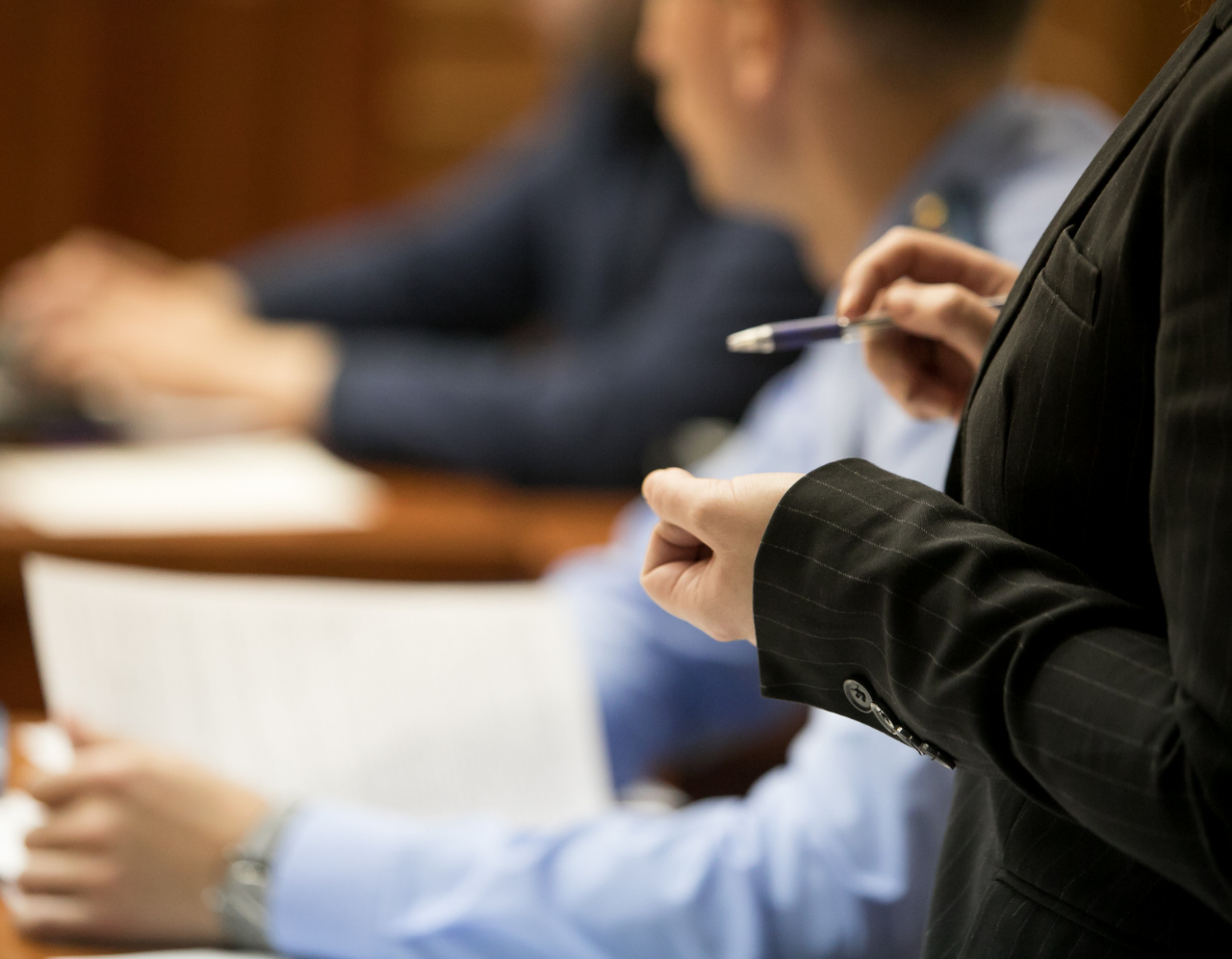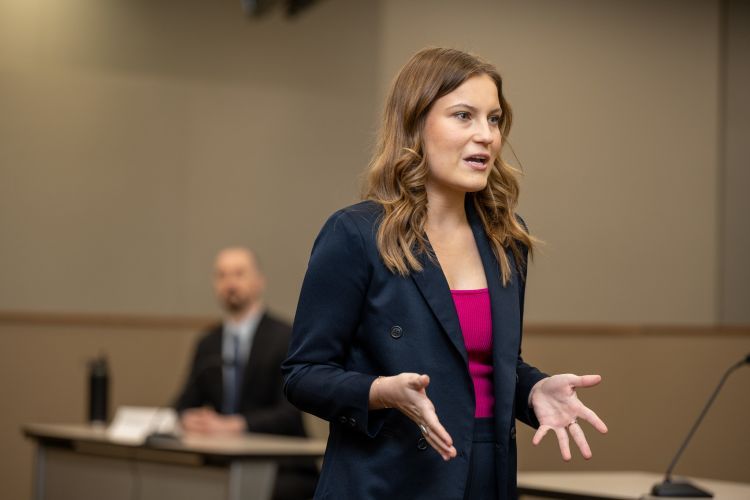From Idea to Court: Actions to Develop Effective and Convincing Trial Presentations
From Idea to Court: Actions to Develop Effective and Convincing Trial Presentations
Blog Article
Navigating the Complexities of Test Presentations: Tips for Seamless Shipment and Engaging Disagreements
In the world of lawful proceedings, the art of test presentation stands as an important factor of success. The intricacies fundamental in test presentations call for a fragile balance of strategy, skill, and finesse.

Comprehending Test Objectives
To properly navigate a test, it is vital to have a clear understanding of the goals that need to be attained. Before stepping into the court, legal groups must specify their goals and wanted outcomes. These goals work as guiding principles throughout the trial, forming techniques and influencing decision-making procedures.
Recognizing trial objectives includes an extensive evaluation of the instance, lawful criteria, and the client's benefits. Trial Presentations. It requires a precise examination of the facts, determining key issues, and preparing for possible challenges. By establishing measurable and particular goals, lawyers can customize their discussions and debates to line up with the desired results
Additionally, a clear grasp of test objectives allows lawful groups to focus on proof, witnesses, and legal arguments effectively. It permits the advancement of a systematic story that reverberates with the court and court, reinforcing the general case discussion.

Organizing Proof Properly
Having a clear understanding of trial goals lays the foundation for arranging evidence properly in legal process. By straightening the presentation of proof with the desired results of the test, legal teams can reinforce their disagreements and improve their persuasiveness.
One more crucial element in organizing evidence successfully is developing a logical flow. Presenting proof in a consecutive and coherent fashion can aid construct an engaging narrative that supports the lawful disagreements being made. Furthermore, using aesthetic help such as charts, graphes, or timelines can even more boost the organization of evidence and assist in clearing up complicated partnerships or series of occasions.
In addition, making sure that all evidence offered is appropriate and permissible to the situation is essential. Unimportant or inadmissible proof can diminish the stamina of the argument and possibly damage the reliability of the here and now celebration. A careful review and choice process should be carried out to consist of just the most legitimately audio and impactful proof in the test presentation.
Crafting Persuasive Stories
Crafting compelling stories plays a pivotal duty in providing persuasive debates during lawful procedures. When building a story for a test presentation, it is important to develop a clear story that highlights key factors and links them in a meaningful way. By weaving together proof, testimony, and legal debates into a influential and natural story, legal professionals can effectively promote for their clients and increase the possibility of a positive result in the court.
Understanding Visual Aids
Efficient use visual aids is crucial to boosting the impact and quality of trial presentations. Aesthetic help, when used tactically, have the power to simplify intricate info, strengthen vital points, and leave an enduring perception on the court and jury. To grasp visual help in test discussions, it is vital to make sure that they are clear, concise, and relevant to the disagreements being made.
When including visual help, such as charts, timelines, graphs, or pictures, into a trial presentation, it is essential to maintain them visually appealing yet specialist. The visuals should enhance the spoken disagreements, giving a graph of the details being discussed without frustrating the target market with unnecessary details.
Moreover, experimenting the visual help beforehand is important to make sure a smooth distribution during the test. Familiarizing oneself with the web content, transitions, and timings of each aesthetic help can assist preserve the circulation of the read this post here discussion and protect against technical problems that might arise.
Delivering Impactful Closing Arguments
An engaging closing debate serves as the conclusion of a trial presentation, enveloping the core narrative and encouraging the court and jury towards a favorable choice. Begin Read Full Article by outlining the major arguments that sustain your customer's setting, emphasizing why the proof offered throughout the test sustains your narrative.
Additionally, incorporating psychological charm can even more reinforce your closing disagreement. Ultimately, a well-crafted closing debate must leave a long-term impact, engaging the judge and court to rule in your customer's support.
Verdict
Finally, understanding test discussions entails understanding purposes, arranging proof, crafting stories, making use of visual help, and delivering impactful closing arguments. By executing these techniques efficiently, lawyers can present their situation perfectly and make compelling disagreements in the courtroom. It is critical to browse the intricacies of test presentations with accuracy and skill to attain success in legal procedures.
By aligning the discussion of evidence with the wanted outcomes of the test, legal groups can enhance their arguments and improve their persuasiveness (Trial Presentations). To grasp aesthetic aids in trial discussions, it is critical to guarantee that they are clear, concise, and appropriate to the debates being made
A compelling closing argument useful content offers as the conclusion of a trial discussion, encapsulating the core narrative and convincing the court and jury in the direction of a positive decision. Begin by describing the primary arguments that support your client's position, stressing why the proof offered throughout the trial supports your narrative.In final thought, understanding test presentations involves recognizing purposes, organizing evidence, crafting narratives, using visual aids, and delivering impactful closing arguments.
Report this page